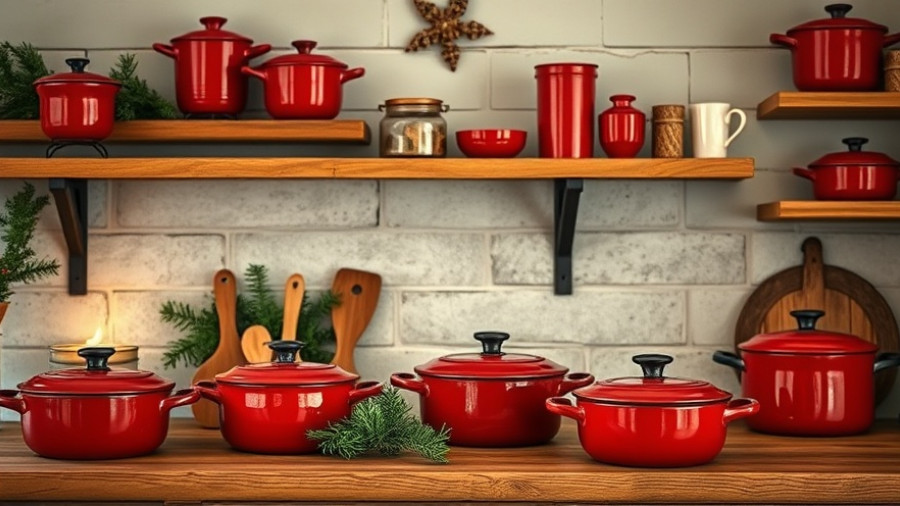
Understanding the Importance of EPC Assessments in Scotland
When selling a property in Scotland, an Energy Performance Certificate (EPC) isn’t just a piece of paper; it’s a legal necessity. An EPC provides buyers with crucial information about a property's energy efficiency, rated from A to G. The certificate plays a vital role in the Home Report, which is essentially a portfolio of information prospective buyers need to know before considering a purchase. This guide will demystify what actually happens during an EPC assessment and why it truly matters.
The Essentials of an EPC
An EPC offers a snapshot of your home’s energy efficiency, revealing not just its current rating, but also potential improvements you can make. These insights are invaluable—potential buyers often prioritize energy-efficient homes due to lower long-term costs and environmental factors. So, the higher your EPC rating, the more desirable your property becomes.
What to Expect During Your EPC Assessment
Scheduling an EPC assessment is straightforward, as your solicitor or estate agent usually arranges it through an accredited Domestic Energy Assessor. On the day of the assessment, you can expect a visit lasting about 30 to 60 minutes, depending on the size and layout of your home.
The assessor will conduct a non-invasive inspection of your property, which means no drilling or intrusive examinations will occur. Instead, they check key aspects:
- Insulation: The assessor will evaluate the depth and condition of your loft insulation and make assumptions about wall insulation based on the construction date.
- Heating Systems: A thorough review of your boiler and heating controls will be made, ensuring you have the appropriate setups to keep your home energy-efficient.
- Window Efficiency: The type of glazing and overall size will influence your rating, as different window types can significantly affect heat retention.
- Lighting: It's a good idea to have low-energy light bulbs in place since they are factored into your score.
- Construction Characteristics: Different types of walls and roof materials will play a role in the assessment.
- Measurements: The floor area, room height, and exterior wall exposure are all measured, affecting the overall energy efficiency calculation.
Having documentation for any energy-efficient upgrades, like solar panels or new insulation, can aid the assessor in providing you with the most accurate rating possible.
The Process After the Assessment
Once the evaluation is finished, the assessor inputs the data into official software, generating your EPC report. This document contains:
- Your home's current energy rating.
- Estimated energy costs.
- Recommended improvements and their potential impact.
- Environmental impact, including CO₂ emissions.
This new EPC becomes part of your Home Report, accessible to potential buyers, enhancing the attractiveness of your property on the market.
The Bigger Picture: Why EPC Ratings Matter
A solid EPC rating is not just about compliance; it serves as a powerful marketing tool that can help your home stand out among competitors. A higher rating means lower energy costs and offers insight into how sustainably a home can operate over time. Buyers often look favorably on properties that have energy-efficient upgrades, viewing them as a better long-term investment.
In summary, understanding and improving your property’s EPC rating can facilitate a smoother selling process, make your home more appealing to buyers, and even contribute positively to the environment. Homeowners and investors alike should view EPC assessments as an opportunity to increase property value and reduce future energy expenses.
If you are getting ready to sell your property or considering making upgrades, now is the perfect time to look into enhancing your EPC rating. It not only reflects your commitment to sustainability but also represents an investment in the long-term attractiveness and marketability of your home. Take proactive steps to prepare for your assessment, and don't hesitate to consult with professionals who can guide you through this essential process.
 Add Row
Add Row  Add
Add 





Write A Comment